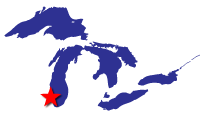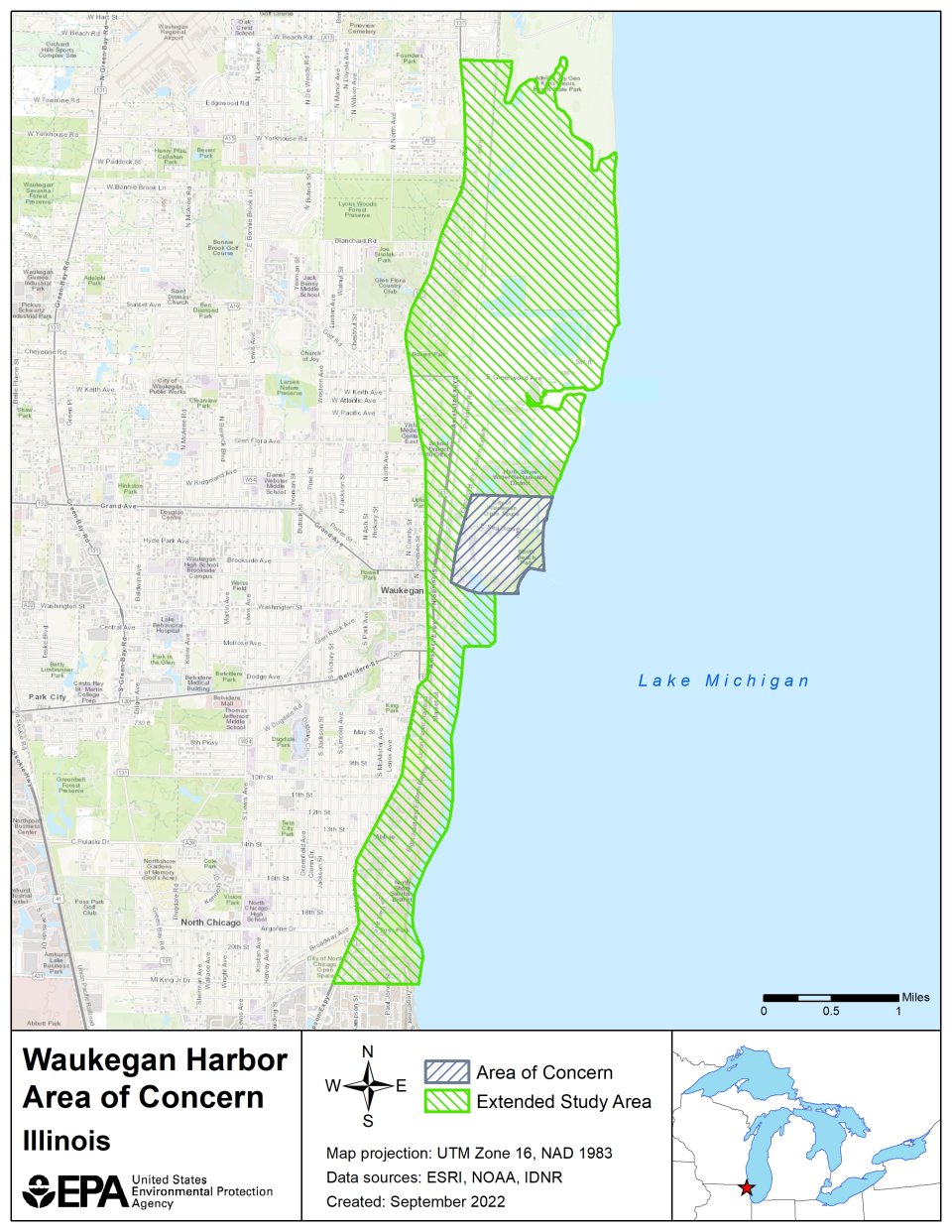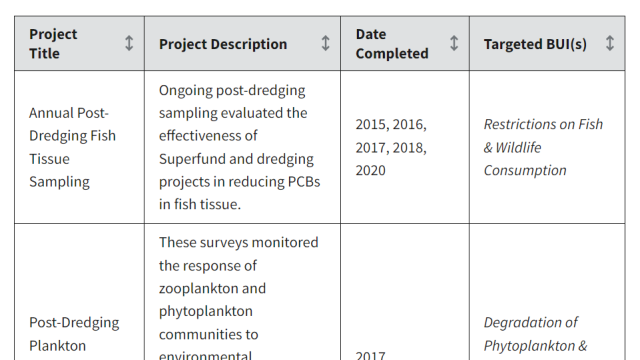Waukegan Harbor AOC
Nick Green
(green.nicholas@epa.gov)
312-353-3718
On this page:
Overview
After its construction in 1850, Waukegan Harbor, an artificial harbor constructed by the U.S. Army Corps of Engineers (USACE), became a major regional manufacturing and distribution site. Waukegan Harbor is located approximately 40 miles north of Chicago in Lake County, Ill., on the shore of Lake Michigan. As early as 1885, industries in the Waukegan Harbor area contributed to environmental contamination of both land and water resources during manufacturing processes. Due to the presence of chemical contaminants such as polychlorinated biphenyls (PCBs) discovered in the harbor’s sediment, the harbor was designated as an Area of Concern (AOC) under the 1987 Great Lakes Water Quality Agreement. In addition to PCBs, other chemical contaminants such as heavy metals, phenols, and polycyclic aromatic hydrocarbons (PAHs) were found in and around the heavily industrialized harbor. High levels of chemical contaminants in the sediment can lead to bioaccumulation of harmful chemicals, especially PCBs, in the harbor’s food chain, including contaminated fish that can be hazardous to human health.
The harbor consists of a natural inlet and portions of adjacent wetlands that were filled to form its present shape. In total, Waukegan Harbor consists of approximately 1.2 square kilometers of industrial, commercial, municipal and open or vacant lands.
Following adoption of the AOC, the Illinois EPA and the Waukegan Harbor Citizen’s Advisory Group (CAG) met and developed what is known as the Waukegan Harbor Extended Study Area (ESA) to address some of the additional known areas of contamination and National Priority List sites that could impact the original AOC and Lake Michigan’s coastal water.
Beneficial Use Impairments
Beneficial Use Impairments (BUIs) are designations created by the International Joint Commission (IJC), representing different types of significant environmental degradation. As restoration and cleanup projects make progress, monitoring at the site can show recovery in environmental health related to the identified BUIs. As cleanup and restoration work is completed, and monitoring demonstrates BUI removal criteria have been met, BUIs can be removed. Out of 14 possible BUIs, six have been designated for the Waukegan Harbor AOC. Below is a comprehensive list of all BUIs identified at the Waukegan Harbor AOC. As of 2020, five of the AOC’s six BUIs have been removed. When the final BUI, Restrictions on Fish and Wildlife Consumption, is removed, the process of delisting the AOC can begin.
- Restrictions on Fish and Wildlife Consumption
- Degradation of Phytoplankton and Zooplankton Populations Removal Package (pdf) – Removed August 2020
- Degradation of Benthos BUI (pdf) – Removed December 2017
- Beach Closings (pdf) – Removed September 2011
- Loss of Fish and Wildlife Habitat(pdf) – Removed August 2013
- Restrictions on Dredging Activities (pdf) – Removed July 2014
Remediation and Restoration Work
-
Completed Project Highlights
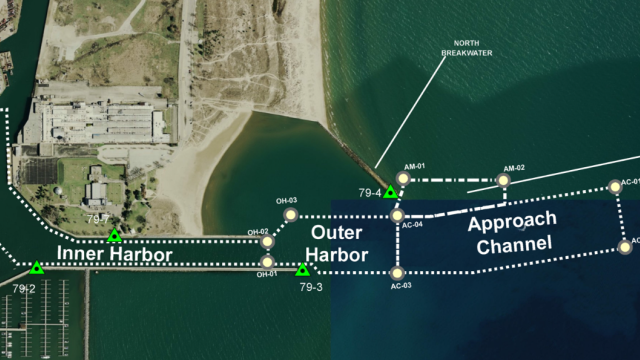
Remediation and restoration highlights.
-
Restoration Documents
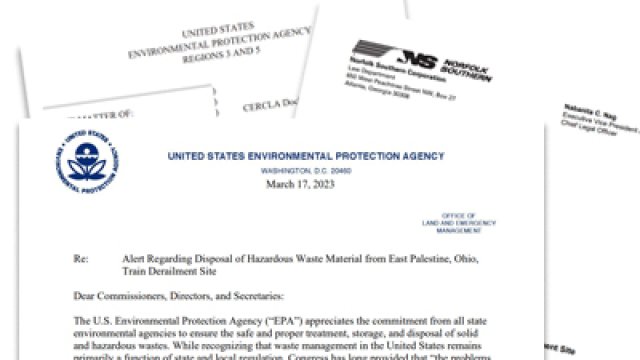
Remediation and restoration documents.
-
Table of Projects
Remediation and restoration projects.
EPA, federal, state, and local partners implemented sediment remediation and habitat restoration projects at this AOC to restore the area and ultimately remove Waukegan Harbor’s designation as an AOC. EPA and partners carried out three management actions at this AOC:
- An extensive AOC-wide sediment removal and remediation effort led by EPA and conducted under the title of “Superfund PCB-contaminated Sediment Remediation Project”
- A Great Lakes Restoration Initiative (GLRI) funded sediment removal and placement project conducted by U.S. Army Corps of Engineers to remove sediment from Waukegan’s Outer Harbor
- A GLRI-funded habitat monitoring and restoration effort conducted by the Waukegan Harbor CAG under a grant entitled “Waukegan Harbor Area of Concern Restoration”
In 2014, EPA completed the Superfund PCB-contaminated Sediment Remediation Project, which targeted the Restrictions on Fish and Wildlife Consumption BUI. Through Superfund, EPA removed contaminated sediment at the Outboard Marine Corporation site, on the northern side of the AOC. This site is the former location of an outboard-boat-motor manufacturing plant and a former railroad tie, coal gasification and coke plant facility. Contaminants of concern included PCBs and trichloroethene (TCE). EPA dredged PCB-contaminated sediment from the source area in 1992 during the initial phases of the clean-up effort. EPA implemented a second phase of the sediment remediation work in order to fully clean up the harbor. Between 2012 and 2013, EPA hydraulically dredged, an efficient form of dredging that has minimal impact to the area, the harbor’s sediment with residual PCB contamination and consolidated it in an on-site disposal facility. In 2014, EPA capped the remaining contaminated sediments. Superfund work is ongoing at the Outboard Marine Corporation site. Through Superfund, EPA also removed contaminated soil and sediment and cleaned contaminated groundwater at adjacent sites in the AOC’s Extended Study Area.
- See EPA Sites in the City of Waukegan for more information on Superfund cleanup work conducted in the Waukegan Harbor AOC and its Extended Study Area.
Also, in 2014, USACE completed the GLRI-funded project to remove sediments, test for exceeding regulatory levels of chemical contamination, and place sediments from Waukegan’s Outer Harbor onto the Waukegan Coke Plant site. This management action targeted the Restrictions on Dredging BUI. USACE placed approximately 82,000 cubic yards of removed sediments as a clean cover on the Coke Plant site following testing. This effort helped remove the Restrictions on Dredging Activities BUI and signaled the completion of all sediment-related management actions, paving the way for further environmental recovery and restoration.
From 2010 to 2016, the Waukegan Harbor CAG administered a habitat monitoring, management, and restoration grant to complete management actions to help remove the Loss of Fish and Wildlife Habitat BUI. The CAG removed invasive species from coastal dune habitat on AOC and Extended Study Area lands and collected baseline monitoring data for coastal dune flora and fauna within the AOC. The goal of this management action was to address habitat degradation and implement complimentary habitat projects in the AOC and Extended Study Area to protect and enhance fish habitat, create pools and riffles for aquatic life within the harbor, control terrestrial invasive species, and protect and restore native plant species. These habitat restoration efforts helped support commercial and industrial facilities along the lakeshore, create better recreational opportunities at public beaches, parks, and marinas, and provide access for boating and fishing.
Partners
- U.S. Army Corps of Engineers - Chicago District
- Illinois Department of Natural Resources
- Illinois EPA
- Waukegan Harbor Citizens Advisory Group

